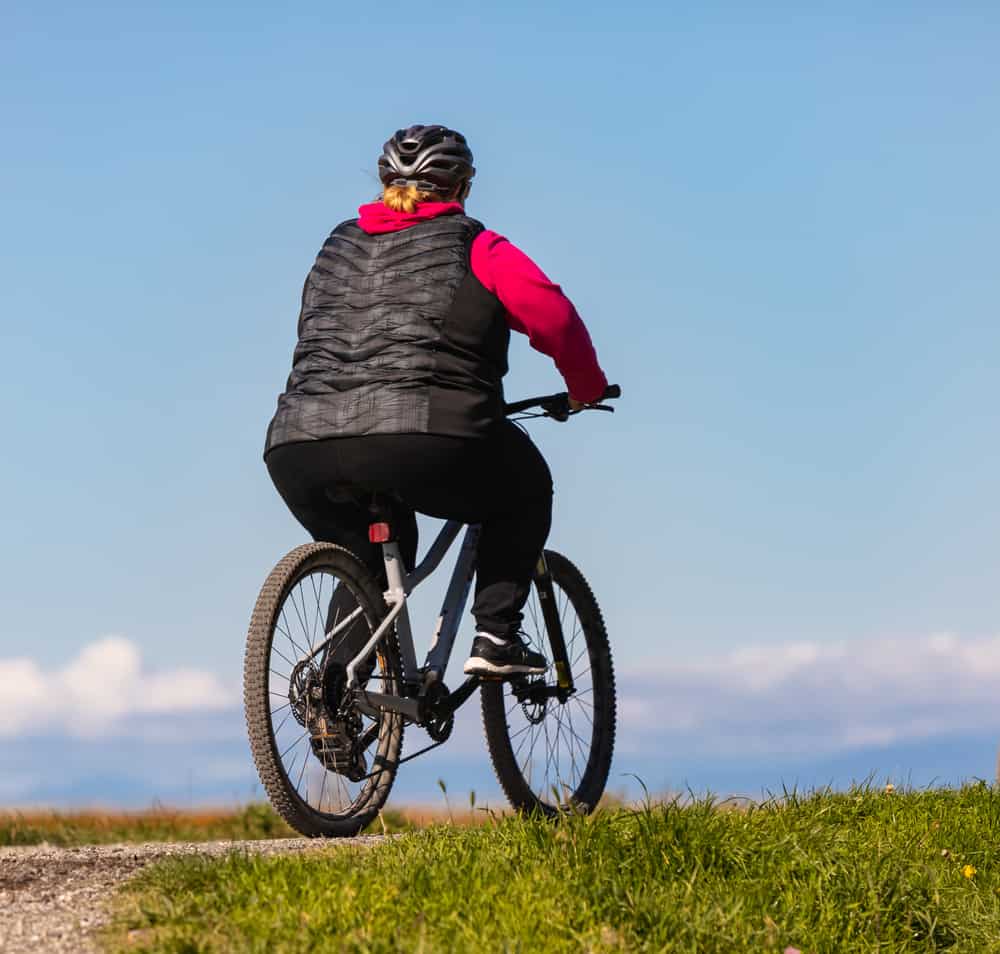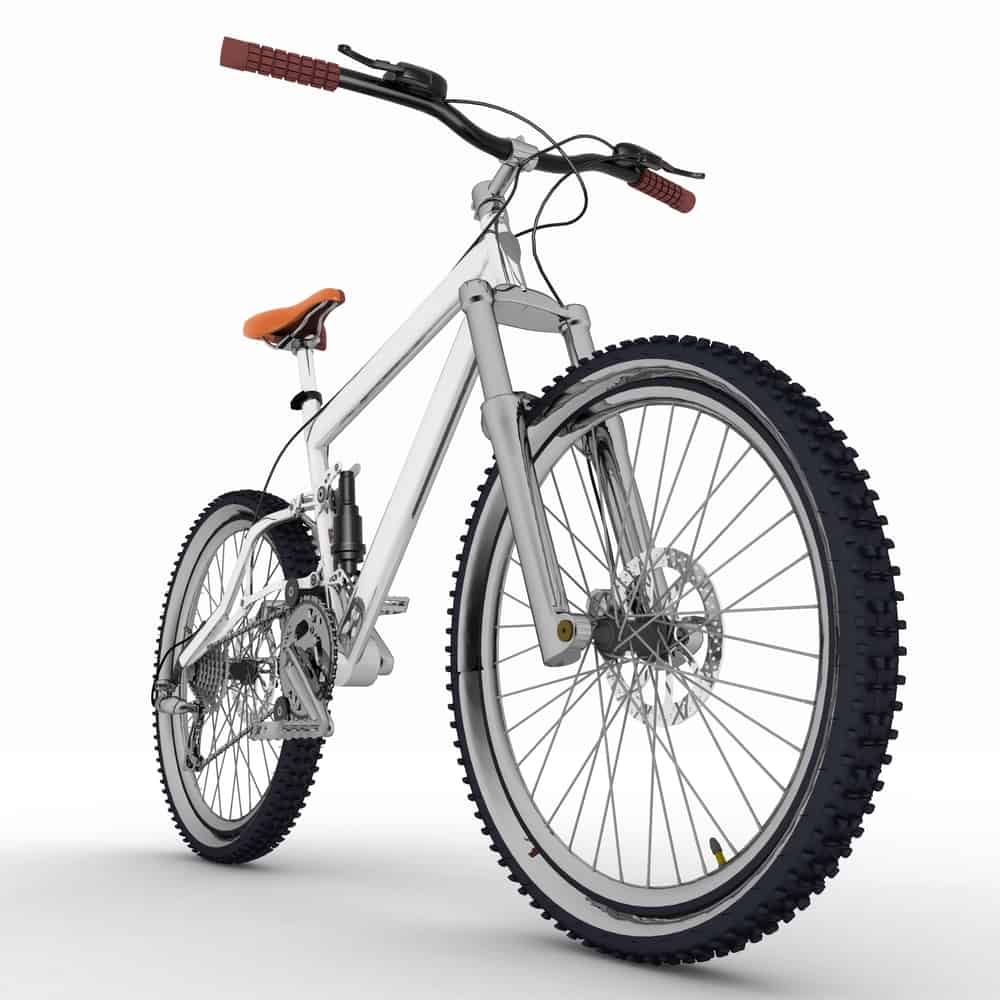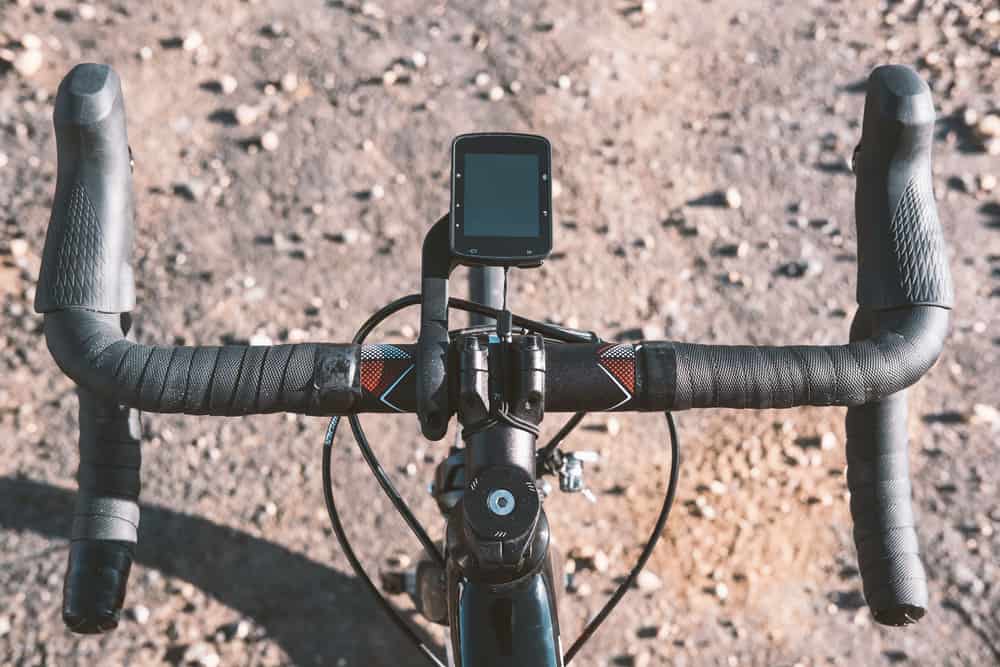Yes, bikes do have weight limits, and these have a purpose too.
Don’t panic if you’re an overweight person looking forward to riding a road bike or a mountain bike. You can still do so with bikes that have a higher weight capacity.
We suggest overweight riders check the maximum weight capacity of a bike before purchasing it. This means keeping an eye on some bike components, which we’ll be letting you know.
The average bike weight limits lie between 220 – 300 lbs. However, some bike brands make special bikes for plus-sized people with a weight capacity of 500 lbs.
Why Do Bikes Have Weight Limits?
Different bicycle models have different geometry, materials, and parts that determine how much weight they can hold. Owing to this, bike manufacturers impose weight limits on bikes for the safety of the riders.
Why Do Manufacturers Set Weight Limits for Their Bicycles?
Bike manufacturers have weight limits imposed on their bicycles based on the model. Each bike is made differently, leading to varying weight resistances.
The upper weight limit of the bikes, as recommended by the manufacturers, is quite similar to most leading brands. This is typically in the range of 275 – 300 lbs.
The standardized weight limit applies to most road and mountain bikes. It ensures the safety of riders, keeping in mind the capacity of the different parts of the bike.

Why Do Some Bicycles have A Higher Weight Limit?
Quite obviously, different bikes are made for different terrains, varying their specifications. This impacts the weight limits too.
Mountain bikes have a higher weight limit (300 lbs) as they’re built for rigorous off-road riding. These bikes can carry greater weights owing to the forces they’ve to endure.
On the other hand, road bikes are built for riding fast on flat terrains. They have a weight limit of about 275 lbs.
Typically, road bikes are made light for ease of navigating over longer distances or reducing the effort to go uphill. With larger tires, you could go faster without much effort.
Recumbent bikes have their riders seated lower, keeping their legs extended. As the weight distribution varies, these bikes tend to have a higher load capacity.
A Tandem bike’s weight limit of up to 550 lbs is no surprise since it’s designed to accommodate multiple people riding simultaneously.
Electric bikes weigh more than other bike types because of their components and have a smaller capacity than most bikes. A 220 lbs capacity is standard with an electric bike, with limited models capable of bearing 300 – 330 lbs.
A fat bike balances your weight with its big, broad tires. Fat tire bikes are ideal for heavy riders with a weight limit of 300 – 400 lbs or more.
Gravel bikes are a hybrid of road and mountain bikes for the best of both types. Since these are used on- and off-road, their weight limit ranges between 275 – 330 lbs.
Another bike that deserves to be mentioned for heavy riders is the hybrid bike, with a weight capacity of 300-350 lbs. Built like a mountain bike, the smaller tires of this bike are designed for roads and can provide comfort for moderate off-road use.

How to Find Bicycle Weight Limit Before You Buy
Now that you’re aware that bikes have a weight limit, the next thing you must know is where you can find it.
Some sellers mention the bike’s weight capacity in their product specifications. If you’re shopping online, look at the product specs or the customer reviews.
However, most sellers refrain from providing the information unless you contact them or the manufacturer and enquire.
Alternatively, you could try to work out the estimate by yourself with the bike specification. Better yet, find similar models that have mentioned the weight limit for a rough idea.
Despite your research, you could visit your local bike shop if you couldn’t find the required information. There’s a decent chance they might be able to help you out with the weight limits and the bike mechanics.
Components That are Affecting the Bicycle Weight Limit
Not all bikes can accommodate heavier riders. This is attributed to the weight limits determined by different bike components.
On your quest for the right bike, you need to specifically check if these components are suitable for your weight.
Frame Material and Design
The commonly used materials for bike frames are steel, carbon fiber, aluminum, or titanium. The bike frame’s material determines the weight capacity of the frame.
Aluminum and carbon fiber are used for lightweight bike frames. These have a weight capacity equal to or slightly more than some steel frames.
Usually, steel or steel alloys are considered the strongest and used in bikes for plus-sized riders or heavy cargo.
Apart from the material, the actual frame size also needs to be considered.
Bike manufacturers build bike frames considering the height and weight compatibility of riders. This is why you’ll notice kids’ bikes have a smaller frame and lower weight limit than adult bike frames.

Seat and Handlebars
These 2 parts serve as your contact points with the bike. They also help in even weight distribution for improved riding comfort.
The wider both are, the better it is for heavier riders.
Road bikes have drop bars that aren’t very comfortable for beginner heavy cyclists, as you must lean forward onto the handlebars. With a flat handlebar, you’ll be riding upright, putting less pressure on your back.
Your bike saddle (seat) impacts the weight limit more than the handlebars.
Hybrid bikes or commuter bikes have a wider, more comfortable seat. However, road and mountain bikes have a typical bike saddle that gets uncomfortable for plus-sized riders.
Thankfully, most bikes’ saddles can be swapped for a more comfortable seat.
Suspension
With bike suspension, there is a cushioning impact over road bumps and less stress on the joints.
The suspension also makes your bike more durable, as there is greater absorption of the impacts over different terrains.
A bike with a strong suspension makes your ride more comfortable even through bumps or drops on the terrain. Such bikes tend to bear more weight.
Wheels
With the right wheels, your bike can withstand your weight and the load and impacts of riding.
We strongly suggest heavy riders go for 26″, 27.5″, or 29″ wheel sizes.
The number of spokes on the rim is another wheel factor you need to keep an eye on—the more spokes, the more weight your bike can handle.
The spoke count goes from 28, 32, 36, up to 48 spokes.
TIP: Wheels with 32 stainless steel spokes and aluminum or steel alloy rims can support more loads.
Tires
When the wheels are spoken about, tires are the next evident thing to be on the list.
Wider tires can absorb more impact, allowing the bike to have a higher load capacity. On the other hand, tires that are too thin will more likely lead to damaged rims, flats, or blowouts frequently.
Fat tire bikes, inflated to their maximum PSI range, provide good cushioning and evenly distribute weight.

The Outcome of Overloading the Bike
If you happen to weigh slightly above a bike’s weight limit, nothing happens, as long as you’re cycling at a slow pace and on even terrains. The trouble arises when you’re over the weight limit and cycling faster.
We would also caution those who exceed the limit by a few pounds or more. You might experience the spokes breaking or the rims bending, leading to wobbling of the wheel.
A wobbling wheel could easily have you falling off the bike and getting injured.
Moreover, parts of the bike that you expected to last at least 5 years might get damaged in just a year. The repair costs will probably cost you the same or more than a bike that could’ve handled your weight better.
Which Bikes are Suitable for Overweight People
Don’t fall for the low bike prices you might see at big retail stores. Instead, consider some leading bike brands like Trek, Cannondale, and Specialized.
Unlike the standard 275-300 lbs range of most large bikes, Cannondale bikes have bikes suitable for overweight riders. Their bicycles have a weight limit of about 330 lbs (mountain and road bikes).
Zize bikes, with an impressive capacity of 550 lbs, provide unmatchable comfort with their bike frames and tire widths. They focus exclusively on big and tall riders.
Here’s a list of some of the best bikes we hope will help make up your mind.
Road Bikes
Trek Domane AL 2
Offering sizes 50 to 62, this model is stable, light, and easy to accessorize.
If you’re 275 lbs or under, looking for a comfortable road bike with an aluminum frame, this could be your pick.
This is a good budget road bike that is durable, has solid parts, and has excellent reviews.
Cannondale CAADX
If you weigh up to 330 lbs, the CAADX is a good road bike to get. With its strong alloy frame, this bike is sturdy and rugged – making it suitable for gravel, roads, and even cyclocross.
Diamondback Metric 2
This is a great city or commuter bike with speed like that of a road bike and the sturdiness of a mountain bike.
The aluminum frame, 700c wheels, and flat handlebars give you a quick, efficient, and stable ride.
Mountain Bikes
Mongoose Argus Trail 26
One of the best fat bikes by Mongoose, this hardtail fat bike is the perfect choice for riding over various terrains ranging from snow to sand, climbing dunes, or snow-covered trails.
The durable frame is made of aluminum and is lightweight. What you get is strength without the sacrifice in performance.
Trek Roscoe 8
One of the sturdiest and most durable overweight bikes by Trek, it has a wide design and rugged construction. You’ll have good control, even while riding over any terrain.
With the 27.5″ extra-wide tires and suspension forks that can be locked off, it’s a very sturdy model.
E-bikes
Yiilove 26″ Electric Bicycle
With a whopping 21-speed gear, this mountain bike has a load capacity of 300 lbs. It’s made of a high-quality aluminum alloy frame, carbon steel front fork, and premium comfort shock absorption.
The removable 36V 8Ah lithium-ion battery and the 250 W high-speed brushless gear motors support a top speed of 22-30km/h. The fast-charging battery requires only 4-6 hours for a full charge.
Addmotor M-430 Cruiser Electric Bike
This fat tire electric bike, with a payload capacity of 300 lbs, can run up to an estimated 65+ miles on a full charge.
The 48V 17.5Ah lithium battery and the 750 W rear-mounted motor make it one powerful electric bike.
With its aluminum alloy frame, this bike is available in 6 colour options to suit your likes.
Bikes Designed for Overweight People
Clydesdale BFG 32″
The Big Friendly Giant has been made keeping big, tall riders in mind. With its 32″ wheel (or custom 36″ ones), this bike can be taken out on any city streets, mountain road, or gravel rides.
The titanium body makes it super tough and seems to be a good custom bike for overweight riders. This bike is a good choice if you’re up to 450 lbs.
Zize Bikes Time of Your Life XG
You can weigh up to 550 lbs and still have a great riding experience with this Zize bike.
With a lower seat positioning and pedals and cranks moved forward, reaching the ground is easier for big guys too.
The frame and fork design use aircraft-grade Chromoly steel to make it strong, long-lasting, and lighter than regular steel.
Conclusion
Although bikes have weight limits, there are a good number of options for overweight riders out there.
As long as you check the weight capacity and the specifications of the different bike components we’ve mentioned, you’ll be able to experience a safe, comfortable ride.
If you know what type of trails you’ll be riding, looking out for the ideal bike is easier.